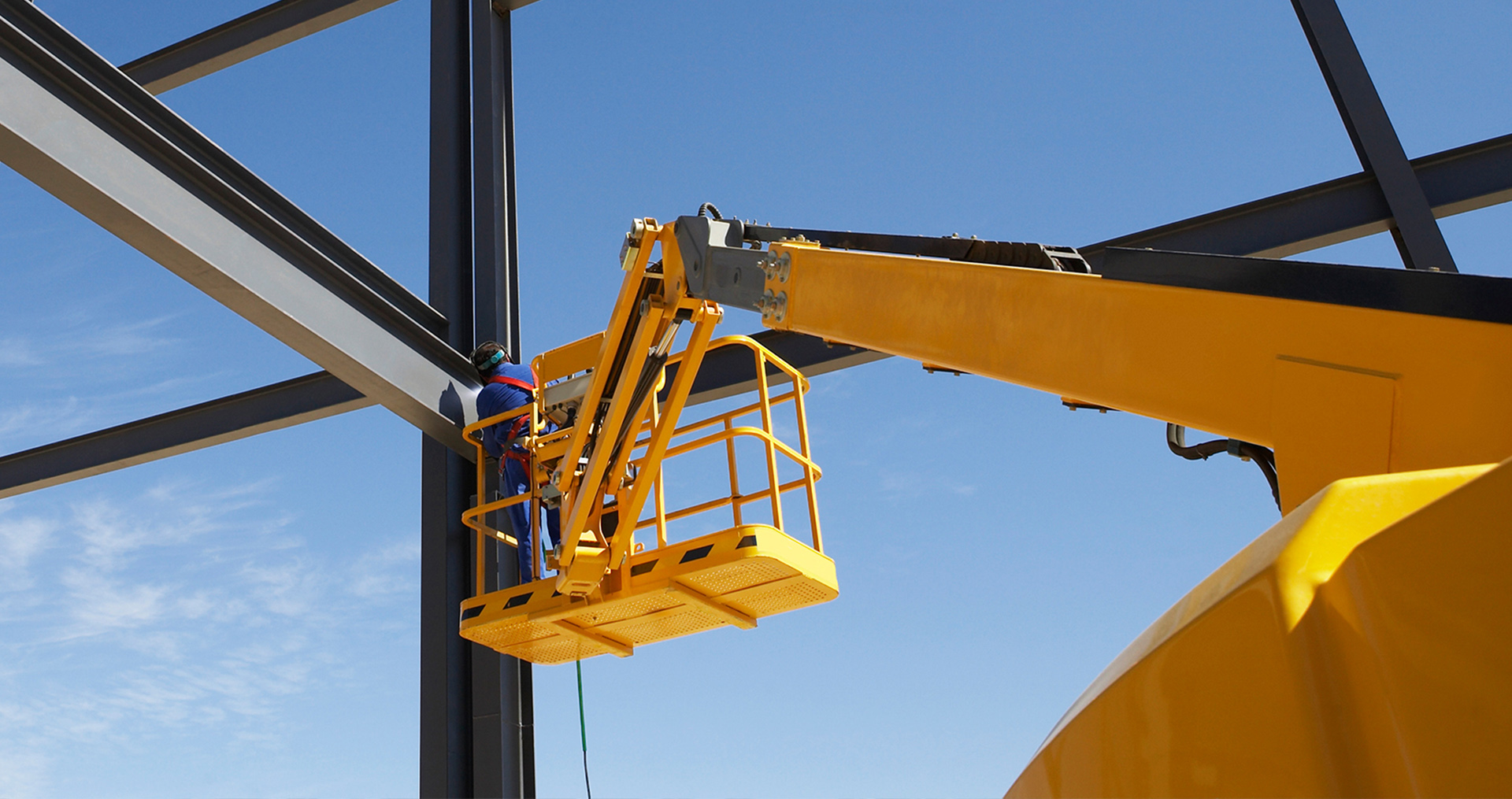Overview
The milking vacuum pump is responsible for keeping a designated negative pressure to milk the cows. This is typically achieved by having a pump oversized and operating at full speed with a bleed valve to maintain the desired pressure. Vacuum pumps move milk to a storage tank where a separate milk transfer pump moves the milk to the final cooling/storage vessel. Often, milk is pumped through a plate-cooler heat exchanger, which uses cooler water to pre-cool the milk on its way to the final storage tank.
Standard milking vacuum pumps and transfer pumps do not have controls, even though the milk flow is variable. A variable speed drive (VSD) or variable frequency drive (VFD) on these pumps will allow the motor to slow down during normal operation and speed up when needed. This saves energy by operating the pump just to meet the system needs without wasting energy through a bleed valve or operating at unnecessary system pressures.
Milking vacuum pump
Without a VSD, vacuum pumps operate at full speed and air intake valves admit excess air to meet milking system vacuum requirements. VSDs match vacuum pump operation to the need without allowing excess air to reduce the pump operation, achieving energy savings of about 50-60%. Be sure to tune-up the vacuum pump for optimal efficiency.
Milk transfer pump
Milk transfer pumps move the collected milk into a cooling/storage unit. Since the flow of milk is not consistent, this pump often wastes energy by running at higher and lower pressures than optimal. Adding a VSD will allow the pump to operate continually at a lower speed based on the amount of milk being produced. Operating the pump at the proper speed to match the milk being produced can help save energy.
The VSD reduces the heat transferred to milk during pumping and increases the amount of time the milk is in the free cooling heat exchanger. The VSD regulates the milk pump in order to increase the efficiency of the plate cooler heat exchanger by slowing the flow of milk. This results in maximum heat transfer between the warm milk and the cold water used in the plate cooler. Energy is saved by the reduced load on the primary milk cooling system. A milk transfer pump VSD is only effective if paired with a plate cooler.
Incentives
- Retrofits: $250 per horsepower for installing a VSD on a milking vacuum pump.
- New Construction: $170 per horsepower for installing a VSD on a milking vacuum pump in Idaho.
- Retrofits and New Construction: $1,500 per unit for installing a VSD on a dairy milk transfer pump.
Payback
Average payback on investment is usually less than one year to two and half years.
